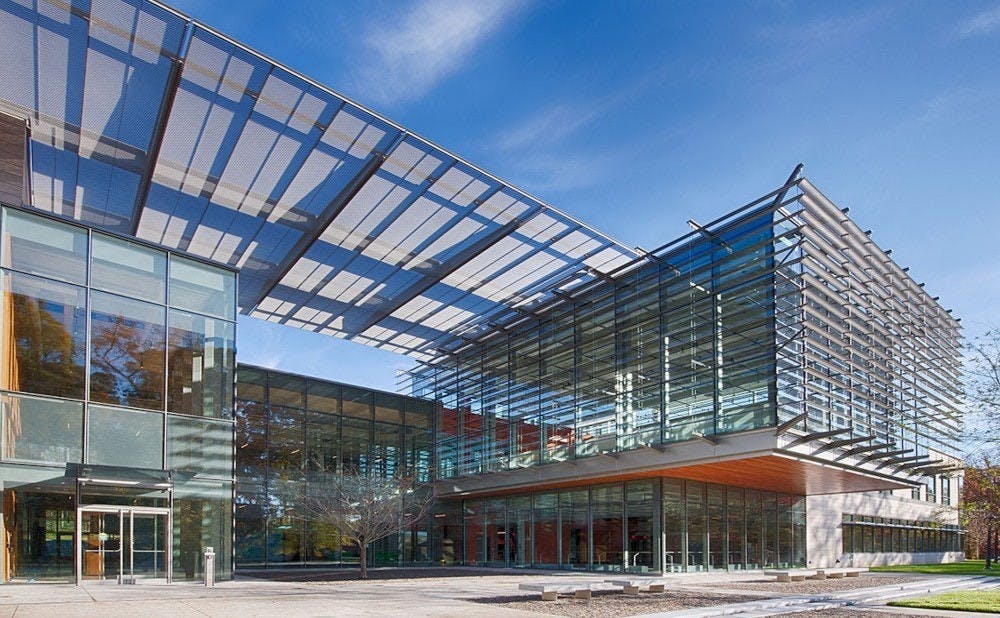This year, art groups and students in the visual arts have faced challenges in finding places to create new pieces and access materials, even as many have continued to pursue their passions in more unique and creative ways.
For some students, classes moving online contributes to the overall difficulty of finding the motivation they need to create new works of art. Junior Alana Hyman, a visual arts major, opted to not take visual arts classes because she feels they “cannot be taught in an online capacity.”
While online classes allow her to have more free time to overload, Hyman feels she is “sacrificing [her] artistic passion.”
“I haven’t found time, or will power to get to my projects because I am always looking at the computer for most of my classes,” Hyman said.
Junior Debora Cordero Martinez, also a visual arts major, feels “a burnout from being so busy with online readings and activities, which makes it harder for [her] to enjoy art in [her] time off.”
COVID-19 safety protocols have limited the opportunities for art students to use the Smith Warehouse and the Arts Annex in creating larger art projects.
“This year, I can’t make larger works in larger areas, so I can’t do what I want to do,” Cordero Martinez said.
While larger projects have become less feasible, smaller projects have fueled a new realm of creativity. Hyman can only paint on smaller things she finds, like pieces of wood from the dumpster, instead of the easels she can usually use in painting studios.
“I think getting my hands on free materials is a really great thing in terms of creating new pieces of art,” Hyman said. “The pandemic has given me more of a perspective of the kind of art I want to make as I have more time to contemplate my mental processes.”
Student art groups including duARTS, an umbrella organization for Duke art groups, have committed to providing students with art engagement activities this year. duARTS President Krishna Sinha, a junior, said that duARTS has adapted to the virtual setting of this year, including having more grab-and-go events.
On top of the challenges of online learning, student art groups have had challenges in building an engaging community over the virtual platform. According to Sinha, duARTS wants to “make virtual activities more than just another hour on Zoom.”
“Students are on Zoom all the time, which can be exhausting, so when we have activities on Zoom we have to think about how to ensure an engaging activity,” he added.
Previously, students could attend performances, go to the Arts Annex or the Rubenstein Art Center, see showcases and spend time with friends while creating art. However with virtual platforms, “it is much harder to create the same sentiment and level of engagement,” Sinha said.
This year, duARTS continued its annual Arts Fest tradition—a weeklong programming of art activities held in April—and is continuing to plan other events for students to enjoy. According to Sinha, these events include a virtual conference in a diversity, equity and inclusivity event, as well as the Mural Durham tradition and a collaboration with the Nasher Museum of Art.
Art students and groups have worked diligently over the past year to continue their driven passions of creating and sharing their love of art.
“The pandemic has given everyone more time, but what you do with your time is different. As artists, I feel like we have become more creative with what we choose to do in order to make the most of the unique situation that we are in right now,” Hyman said.
Get The Chronicle straight to your inbox
Sign up for our weekly newsletter. Cancel at any time.
Amy Guan is a Pratt senior and a senior editor of The Chronicle's 119th volume.

